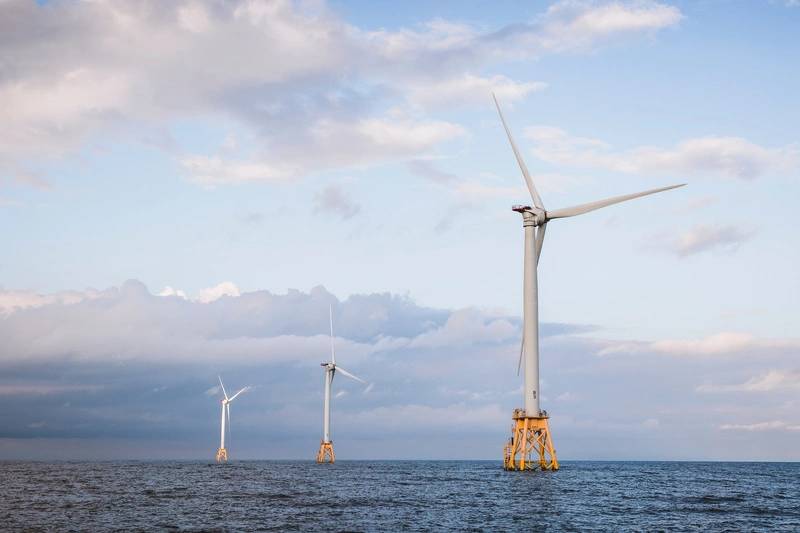What Do MARAD Title XI Changes Mean for Offshore Wind?
The U.S. Maritime Administration (MARAD) has recently announced an amendment to the Federal Ship Financing Program, commonly referred to as Title XI. The amendments have aligned the program’s financial requirements and tests with common current federal credit and maritime lending best practices. In particular, the amendments aim to move away from inflexible static metrics and Title XI’s limited amortization requirements. The amendments respond to concerns that previous terms acted as a barrier to some companies seeking to apply for Title XI support. In short, the tests that measure that the borrower has “a reasonable prospect” of repaying the debt have been updated to align with other federal programs and general industry practice.
Under MARAD Title XI, several vessels destined for the offshore wind segment have sought federal loans, with the Federal Financing Bank as the lender, ranging from 15 to 25 years, as summarized below.

| MARAD Title XI Offshore Wind Vessel Loans | ||||
|---|---|---|---|---|
| Vessel | Type | Vessel Owner / Shipyard | CAPEX (Million) | Loan % |
| ECO Edison | SOC | ECO / Tampa Ship LLC | $97.15 | 93% |
| TBN (10 vessels) | CTV | Windea CTV LLC / St. Johns, Gulf Craft | $120.00 | 87% |
| TBN | SOV | ECO / LaShip LLC | $108.75 | 88% |
| TBN | Scour | Great Lakes Dredge & Dock / Philly Shipyard | $246.70 | 88% |
| TBN | SOV | Crowley SOV / Fincantieri Bay Shipbuilding | $167.84 | 87% |
| Total | $523.29 | |||
The advantage of Title XI financing is the ability to secure favorable interest financing the majority of a vessel’s costs.
Several other non-wind vessels and shipyard upgrade programs than those shown in the table have submitted Title XI applications. However, Title XI gained a greater importance for offshore wind when MARAD announced in 2022 that offshore wind construction and O&M vessels would be designated as vessels of “national interest”. In practical terms, this means offshore wind vessels receive priority treatment over other vessel and shipyard infrastructure loan applications.
Other than the Edison Chouest application, for which a letter of commitment has been issued, all other applications are currently under review.
As a result of the amendments, there is hope that the conditions exist for additional domestically built offshore wind vessels to be committed. However, as we have discussed in our monthly U.S. offshore wind report, vessel owners are often waiting for project developers to make final investment decisions and offer owners mitigation for vessel redeployment risk.
